Remember that line in the Lord of the Rings trilogy, “One ring to rule them all?” How about one camera to do it all? That was my hope when I had a camera converted for infrared photography earlier this year. You might ask, “How’s that worked out?” Great!
Over the last two decades I’ve had three cameras converted for infrared photography (newer models for more resolution and better features) and had fun using them. But with the latest conversion (my original Nikon Z 6), I decided to have it done a bit differently. Rather than customize it for just for infrared photography, this time I paid a bit more so I could do different types of IR photography, and still use the camera for normal “visible light” photography.
In brief, I had Life Pixel remove the filter covering the sensor, which blocks IR and UV light, among other things. In the past, I then had them replace that with a filter that passed only a certain wavelength of infrared light (their “Super Color” filter). This time, though, no filter was added to the sensor. Instead, I bought three different filters that I could put on my lens, with each filter passing a certain type of light. Two of those filters let me do different types of infrared photography. The third filter blocks IR and UV light, so the camera works essentially the same as it did before the conversion. And, with no filter at all, it’s an excellent night photography camera. Here’s the full story I wrote about that.
Now, after taking the camera on several trips, I can report on how well that’s worked and how much fun I’ve had using it. Since I always travel with two cameras, my goal was to have this as the second camera, capable of not only “normal” photography, but IR as well. I’m happy to report it’s lived up to my hopes and expectations.
The first outing was to North Georgia in May, scouting for a workshop I’m going to lead there next spring. That was followed in June by another scout trip, this time to South Dakota (where I’m headed this week), and a few weeks ago I returned from leading a safari workshop to Tanzania. On each trip that converted Z 6 came along to serve as both an infrared camera and a second “normal” camera. In Africa, it spent most of the time paired with a 24-120mm lens and the “Visible Bandpass” filter that lets me make regular daylight photos. But at times, I’d swap out that filter for my “Super Color” filter to capture infrared black-and-white or “false color” photos. Yes, carrying and changing those filters is a bit of a hassle, but well worth the results.
But enough about what I think… what do you think? Here are some of the photos from those trips, all made with that one camera. And if you want more details about that conversion, read this earlier story I wrote.
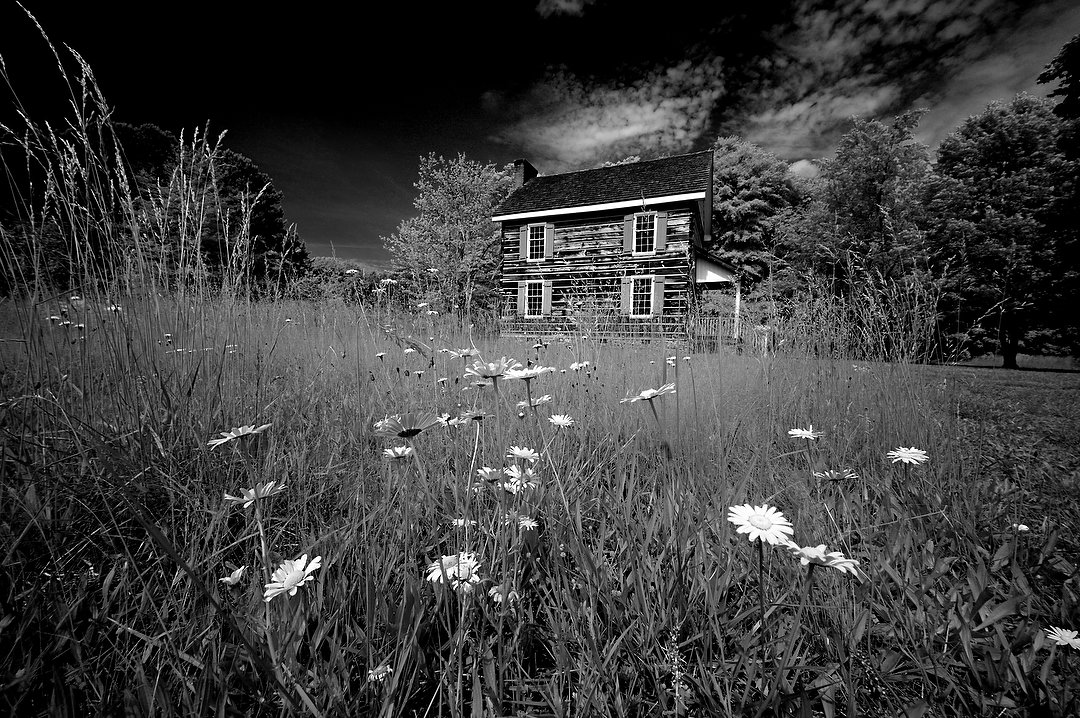
One of the first stops on the North Georgia scouting trip was New Echota, an early Native American city. Here I used the Hyper Color filter for a black-and-white infrared interpretation of the scene. Nikon Z 6, Aperture Priority, Preset white balance, ISO 200, 1/320 at f/13 in Matrix metering, +1.0 EV, Nikkor Z 14-30mm f/4 S lens at 14mm.

Now at Gibbs Gardens, I put the Super Color filter on and did a color reversal of the resulting image. Nikon Z 6, Aperture Priority, Preset white balance, ISO 100, 1/250 at f/8 in Matrix metering, +0.7 EV, Nikkor Z 14-30mm f/4 S lens at 14mm.
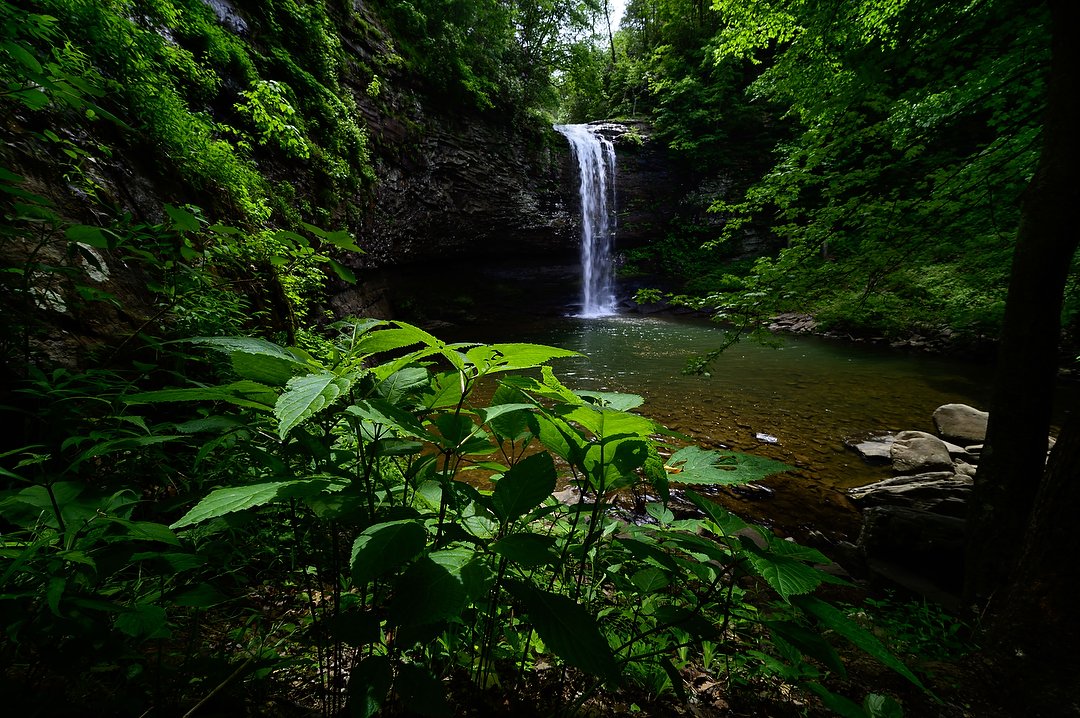
Visiting Cloudland Canyon, I used the Visible Bandpass filter to shoot “natural” color. With the low-pass filter gone, the sharpness is slightly improved and the color has a bit more “pop.” Nikon Z 6, Aperture Priority, Natural Auto white balance, ISO 100, 1/30 at f/13 in Matrix metering, -1.0 EV, Nikkor Z 14-30mm f/4 S lens at 14mm.
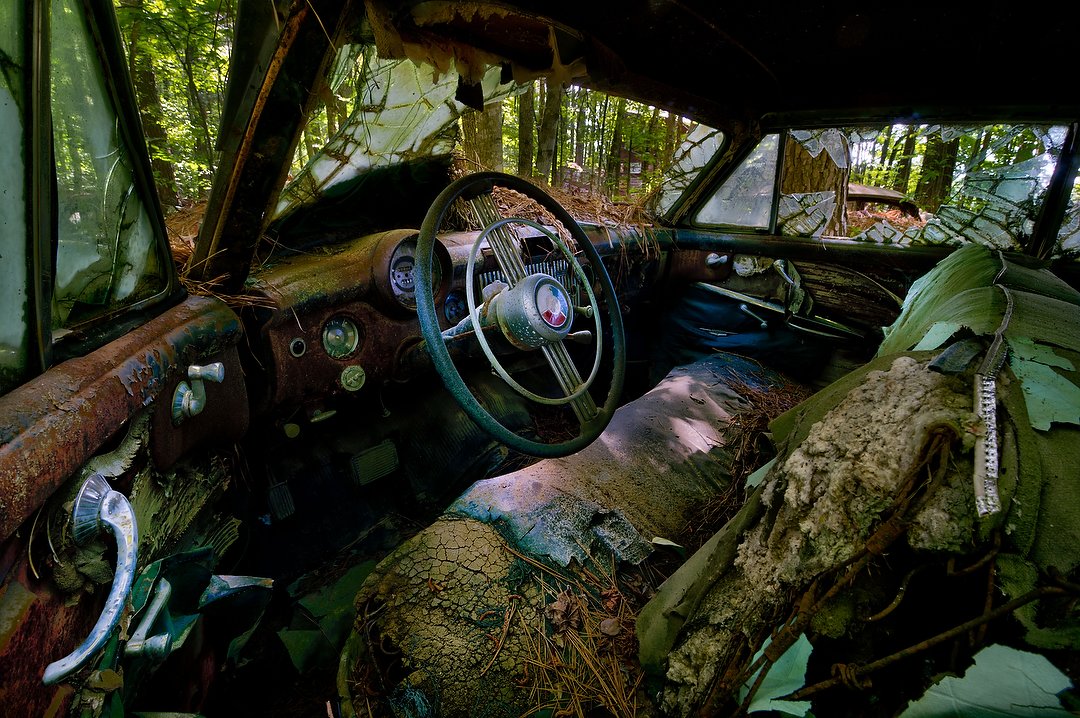
And one more photo from the Georgia trip, Old Car City, this time with the Visible Bandpass and doing a multiple exposure HDR image. Nikon Z 6, Aperture Priority, Natural Auto white balance, ISO 100, 1/1.3 at f/14 in Matrix metering, -2.0 EV, Nikkor Z 14-30mm f/4 S lens at 16mm.
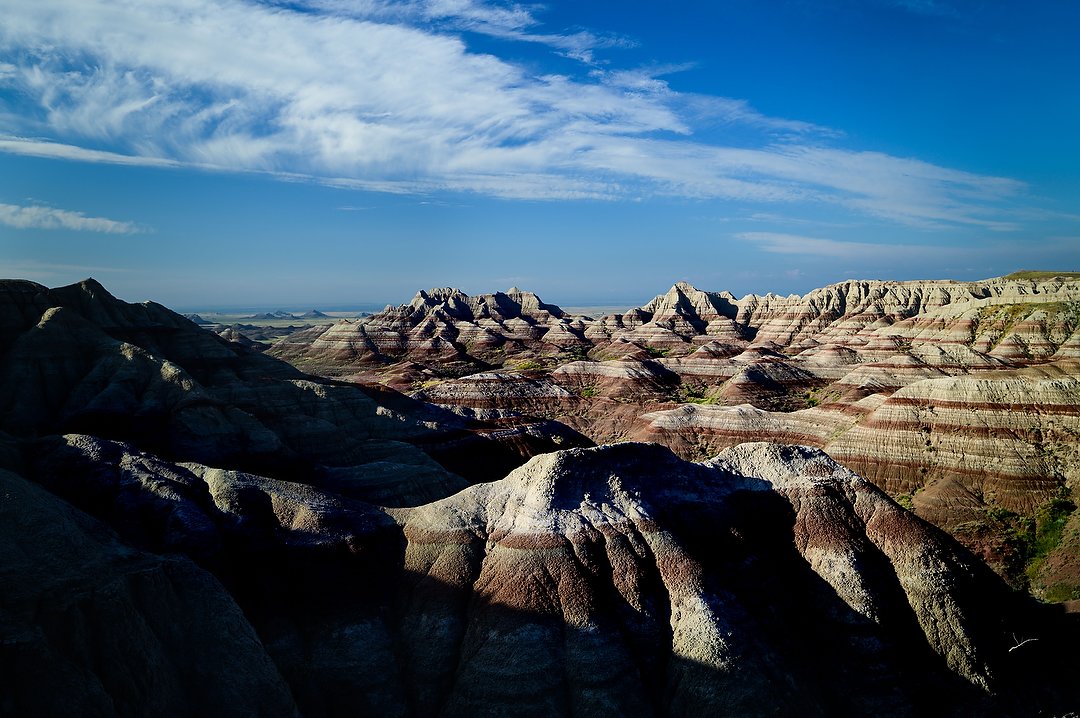
Now I’m at Badlands National Park in June near Panorama Point for early morning light, using the Visible Bandpass filter again for a “natural” photo. Nikon Z 6, Aperture Priority, white balance, ISO 125, 1/125 at f/8 in Matrix metering, -0.3 EV, Nikkor Z 14-30mm f/4 S lens at 26mm.

Another stop at Badlands National Park, this time using the Hyper Color filter for a black-and-white. Nikon Z 6, Aperture Priority, Preset white balance, ISO 100, 1/250 at f/10 in Matrix metering, +1.7 EV, Nikkor Z 14-30mm f/4 S lens at 14mm.
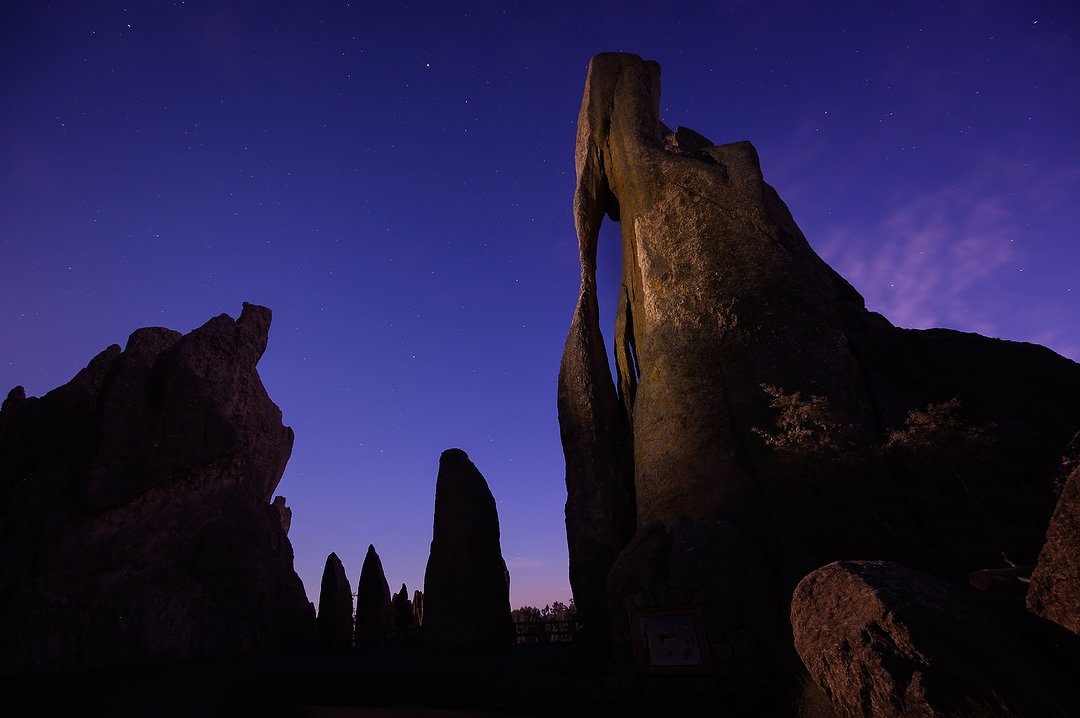
This is Eye of the Needle at Custer State Park, at dusk with no filter, using a Lume Cube to sidelight it. Nikon Z 6, Manual exposure, 3800K white balance, ISO 1000, 10-seconds at f/5 in Matrix metering, -1.3 EV, Nikkor Z 14-30mm f/4 S lens at 14mm.
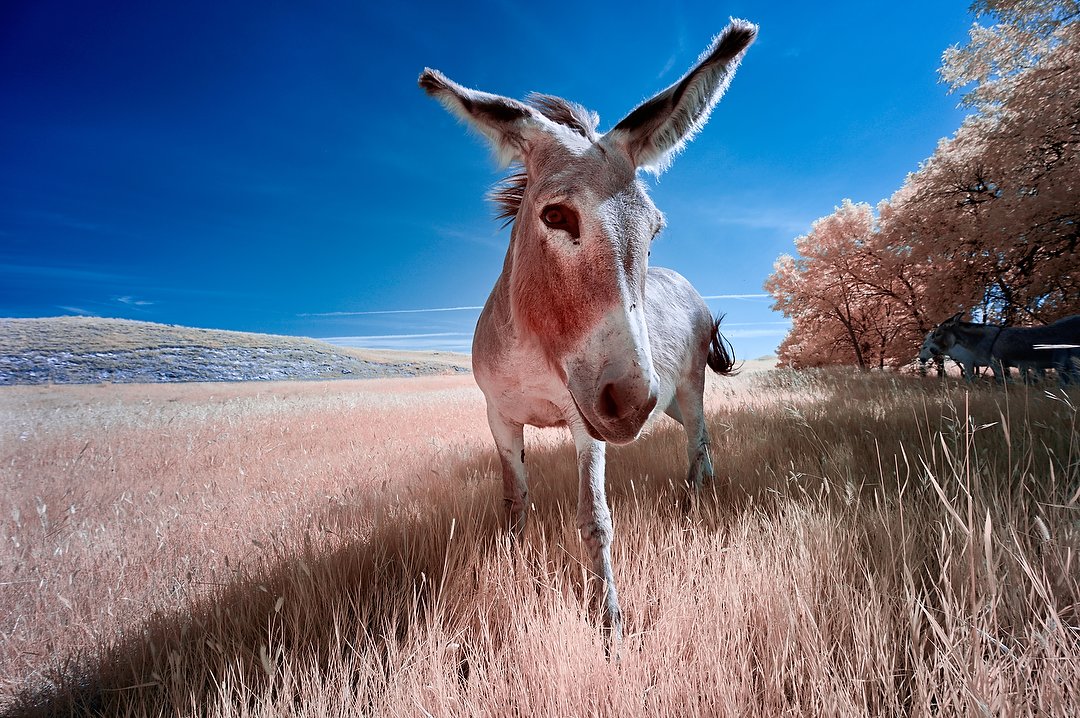
Back to the Super Color filter for this photo of a wild burro at Custer State Park. Nikon Z 6, Aperture Priority, Presest white balance, ISO 160, 1/400 at f/8 in Matrix metering, +1.7 EV, Nikkor Z 14-30mm f/4 S lens at 14mm.
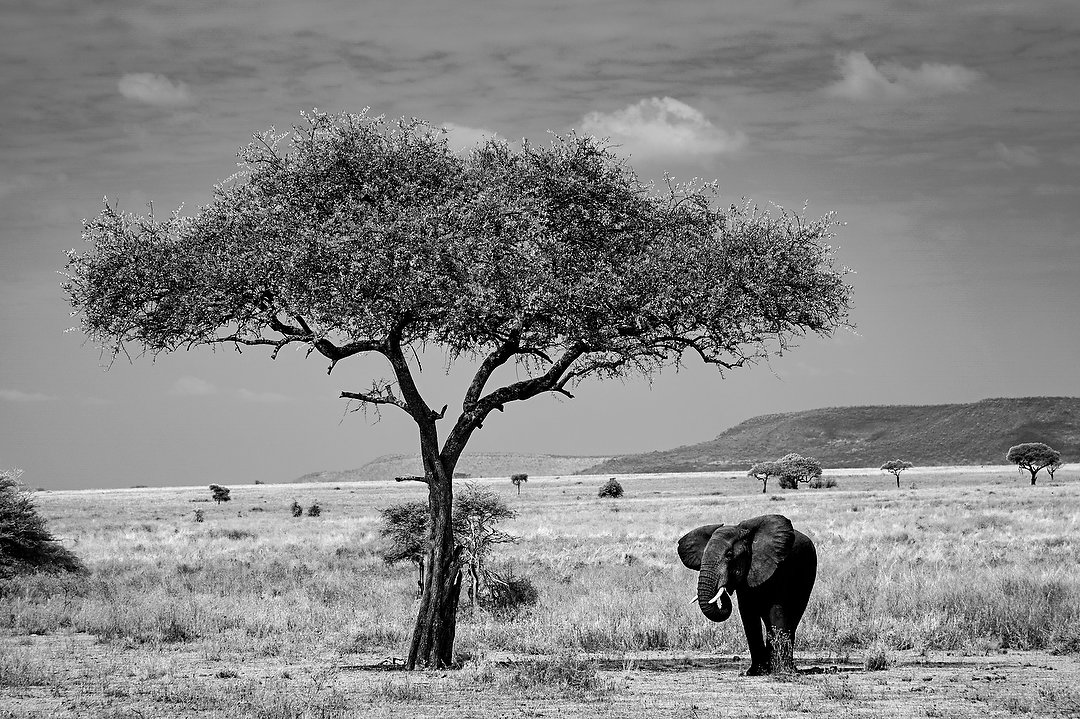
Most recently, I took that Z 6 along with me on the photo safari I led in Tanzania in August. Bringing just two filters to save space (the Visible Bandpass and Super Color), I used the Super Color, but then converted the image to black-and-white. Nikon Z 6, Aperture Priority, Preset white balance, ISO 160, 1/320 at f/7.1 in Matrix metering, +1.7 EV, Nikkor VR Zoom 24-120mm f/4G IF-ED lens at 120mm.
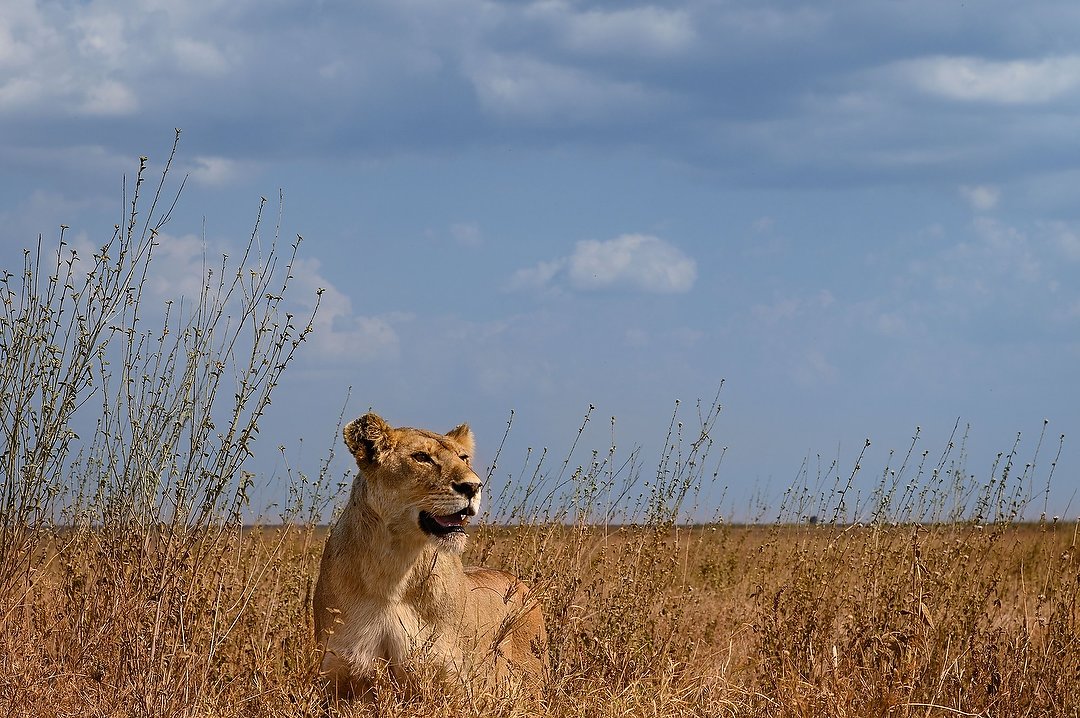
This lion was alongside the road, so I shot from the window of the truck using the Visible Bandpass filter. Nikon Z 6, Aperture Priority, Sunny white balance, ISO 200, 1/640 at f/10 in Matrix metering, -0.7 EV, Nikkor VR Zoom 24-120mm f/4G IF-ED lens at 78mm.
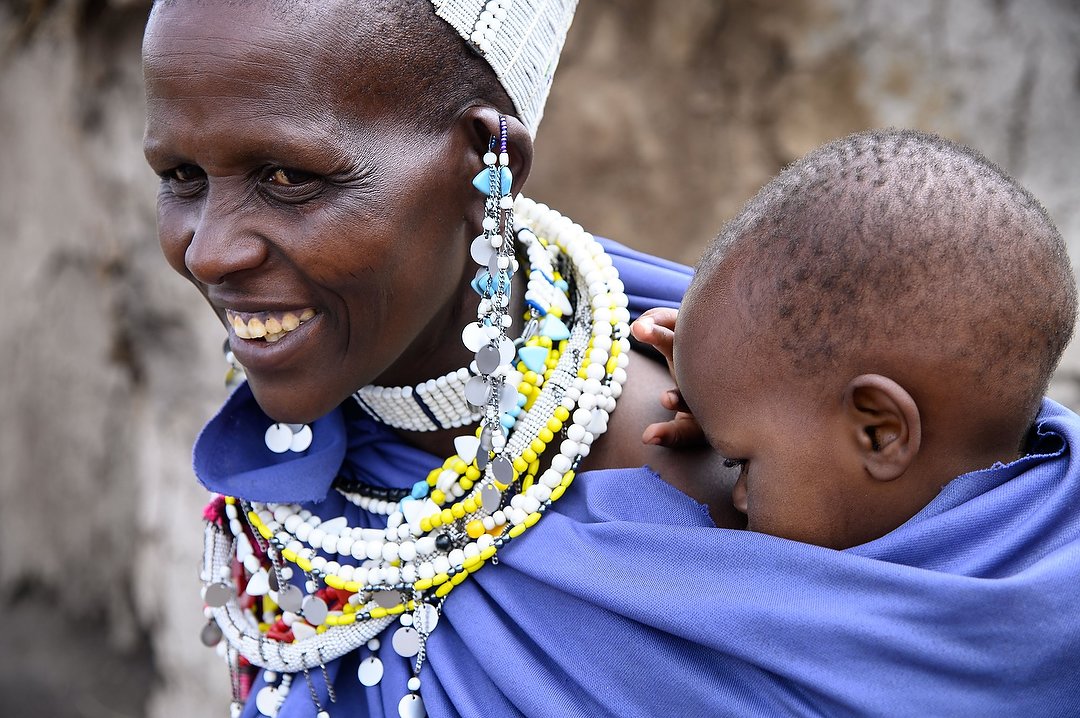
Visiting a Maasai village, I again used the Visible Bandpass filter for “normal” photography. Nikon Z 6, Aperture Priority, Sunny white balance, ISO 250, 1/200 at f/5.6 in Matrix metering, 0.0 EV, Nikkor VR Zoom 24-120mm f/4G IF-ED lens at 85mm.
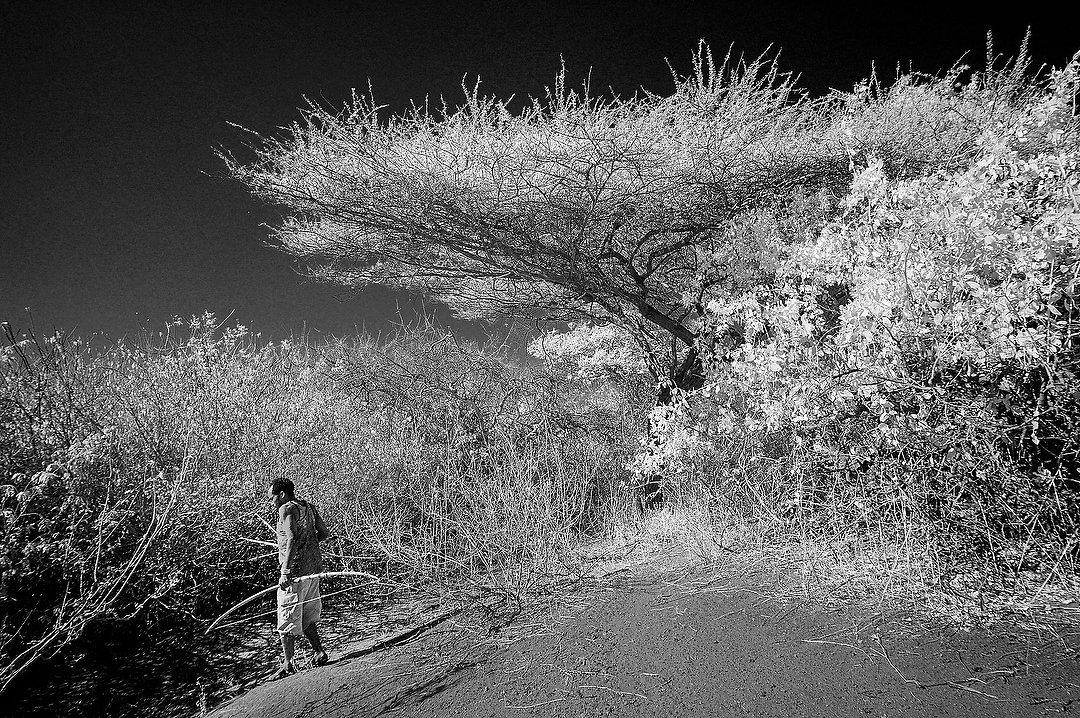
We spent a couple of hours with the Hadzabe people, one of the few hunter/gatherer tribes still active in Africa, and followed some of the men on a hunt. Again, I used the Super Color filter, then converted the image to black-and-white. Nikon Z 6, Aperture Priority, Sunny white balance, ISO 200, 1/1250 at f/8 in Matrix metering, +0.3 EV, Nikkor AF 20mm f/1.8G lens at 20mm.
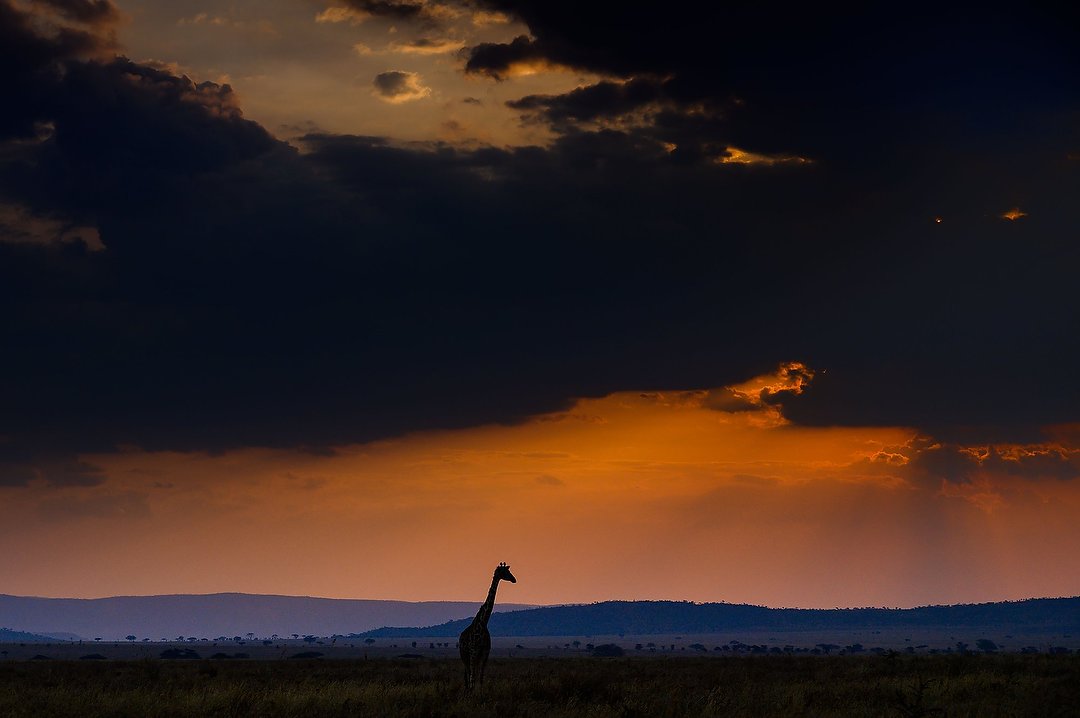
For safaris, most people think you’d always be using a long telephoto lens. And that’s true most of the time, but there are also beautiful photos to be made at shorter focal lengths. This was shot with the Visible Bandpass filter from the truck while driving back to camp at sunset. Nikon Z 6, Aperture Priority, Sunny white balance, ISO 400, 1/1000 at f/6.3 in Matrix metering, -1.0 EV, Nikkor VR Zoom 24-120mm f/4G IF-ED lens at 78mm.
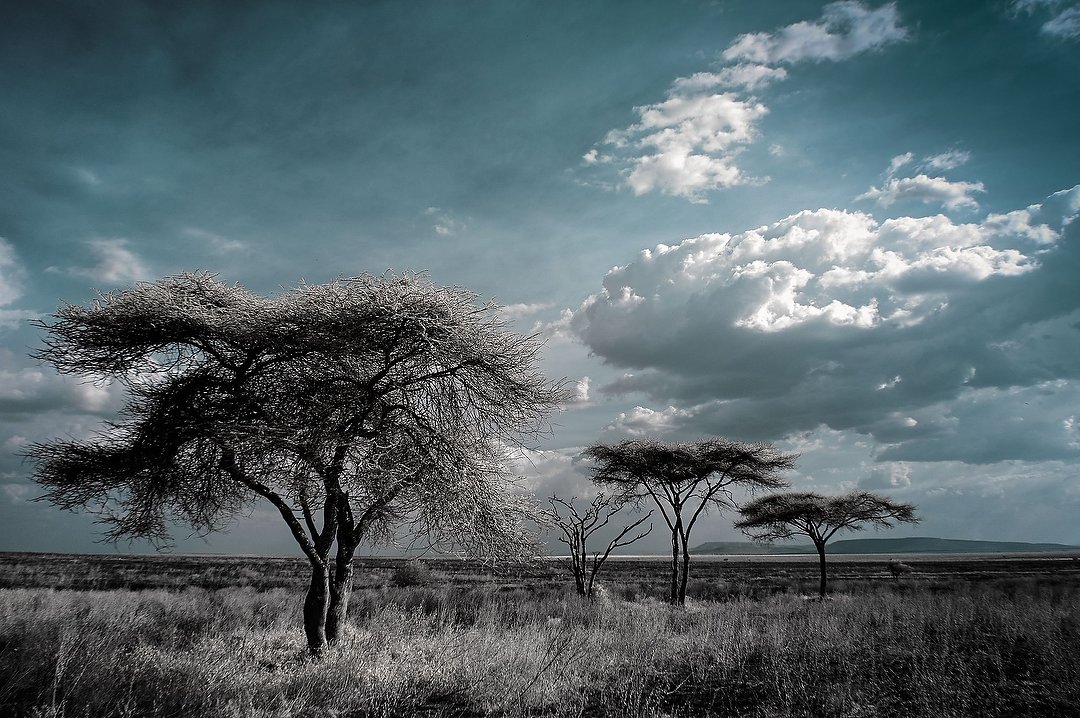
There are various ways to process an infrared capture done with the Super Color filter, so all of those color infrared photos don’t have to look the same. Nikon Z 6, Aperture Priority, Preset white balance, ISO 200, 1/1600 at f/7.1 in Matrix metering, +0.7 EV, Nikkor VR Zoom 24-120mm f/4G IF-ED lens at 24mm.
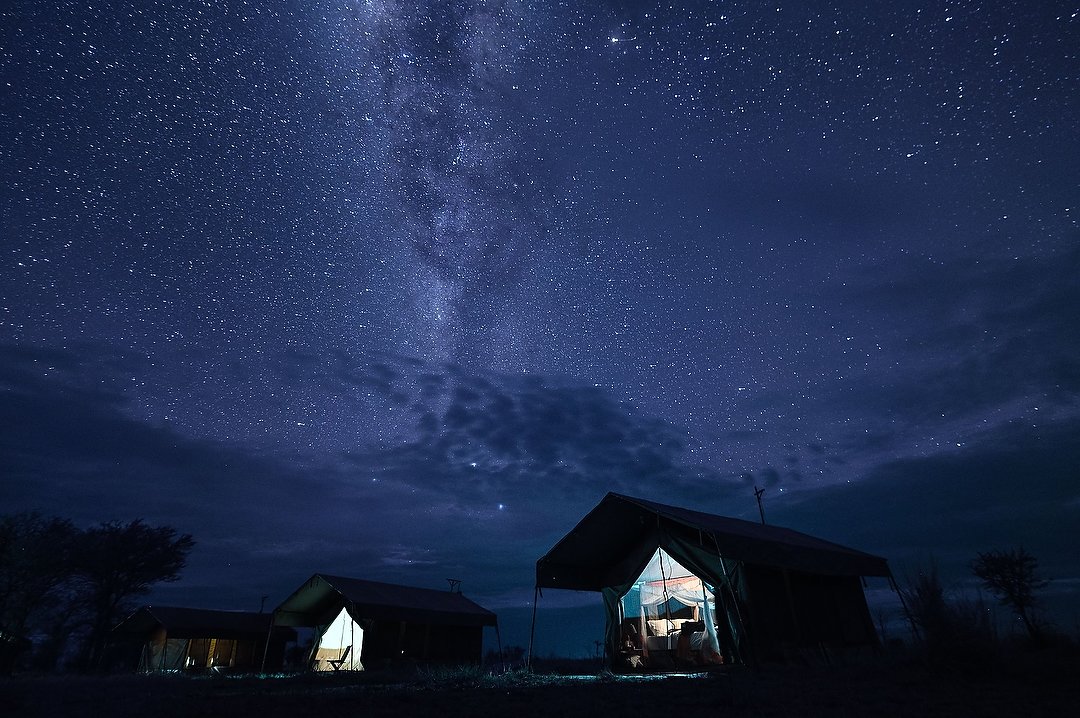
I had one opportunity to do a night shot while on the trip, so used the camera without a filter. Converted to full spectrum, it’s great for night photography. Nikon Z 6, Manual exposure, Auto white balance, ISO 2000, 25-seconds at f/2.8 in Matrix metering, -1.0 EV, Nikkor AF 20mm f/1.8G lens at 20mm.
(If you like this story, please share it with your friends and let them know about the links on photography that I post on my business Facebook page. I’m also on Instagram and Twitter, @reedhoffmann. And if you’re curious about the workshops I teach, you can find them here. And, you can subscribe to this blog on my home page.)

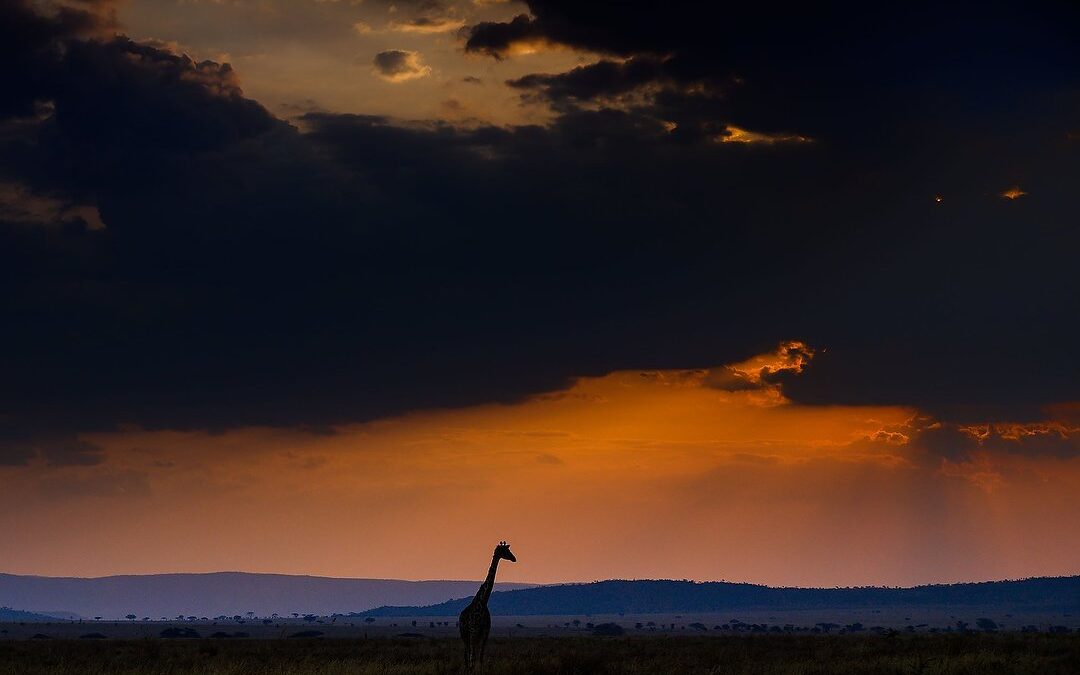
Reed, Great story & photos. I followed your advice & did the same with my Z6-pleased with the ability to use it for IR & `traditional’ photography.